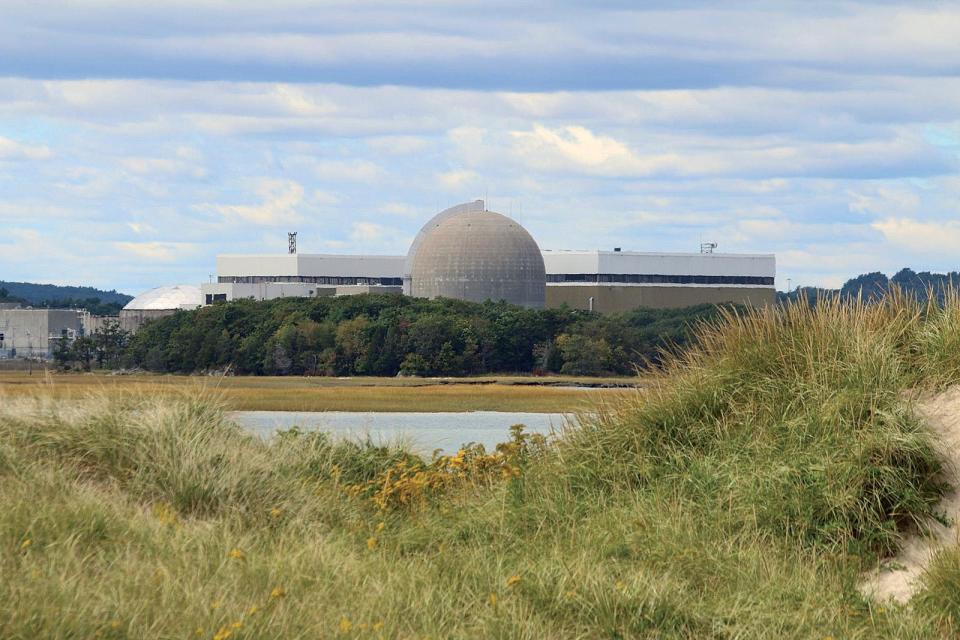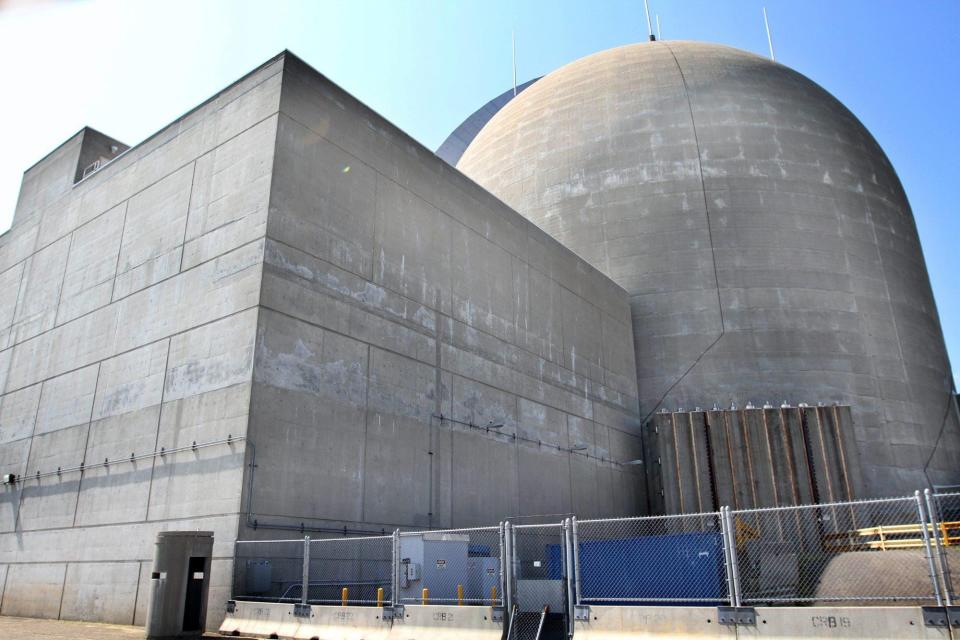Seabrook nuclear plant false alarm: Here's why it took nearly an hour to notify public
SEABROOK — The state Department of Safety’s recent report on the July 12 false alarm sounding at the NextEra Seabrook nuclear power plant finds that because there was no procedure in place for an inadvertent siren activation, it took almost an hour to start notifying the public there was no emergency at the nuclear plant.
The result, according to officials in the beach communities, was a certain degree of panic from many beachgoers and local residents who had been told to leave the area by the sirens’ verbal broadcasts at 10:50 a.m.
That panic was made worse by a few well-meaning but problematic good Samaritans, who drove around Hampton telling people to evacuate because there was a problem at the Seabrook Station nuclear power plant, until police were finally able to stop them.

Want to own a Hampton Beach hotel?: Bids in this auction start at $2.5 million
Although many could accept human error at the power plant caused the 10 alarms to be sounded by mistake, it was the lack of proper public notification that frustrated authorities and the public.
It wasn’t until 11:49 a.m., according to the report’s timeline, that state officials transmitted information to the public of the inadvertent alarm activation via social media. WOKQ, the radio station listed in the Seabrook Station Emergency information brochures to get updated information in case of an emergency, was never notified.
At 11:51 a.m., the state issued directions to issue Wireless Emergency Alerts to cell phones in the appropriate geographic areas, according to the report. However, it took time for those cell phone alerts to reach their targets, according to the report, because they had to be sent one town at a time. It wasn’t until 1:48 p.m. that all communities received notification, according to the report’s timeline.
No plan for a false alarm: Seabrook nuclear plant mishap exposes gap in NH protocols
That’s why the most important part of the DOS’s report provides solutions and additions to the state’s emergency management response procedures, which in conjunction with those implemented by NextEra, will accommodate any similar future events, everyone hopes will never happen.
NextEra and NH Department of Safety adjust emergency plans in response to false alarm
In August, NextEra completed its examination of the incident. It assigned the cause to “human error” when the wrong switches were flipped during a bi-weekly testing of the siren system.
The company is moving forward with plans to revise its silent siren testing, adding safeguards, retraining staff, increasing management oversight and sharing its findings with its state partners.
Previous story: Seabrook nuclear plant ends probe on 'human error' false alarm: These changes are planned
To correct the communications gaps that led to the lag of public notice, according to NextEra spokesman Bill Orlove, NextEra is changing to the federal emergency system known as the Integrated Public Alert and Warning System or IPAWS. The system is used to issue weather and Amber alerts by sending signals to cell towers for broadcast to cell phone holders in specified areas.
According to the Federal Emergency Management Agency, IPAWS unites the nation’s Emergency Alert System, National Warning System, Wireless Emergency Alerts and National Oceanic and Atmospheric Administration’s Weather Radio under one platform. It’s designed to modernize emergency warnings and accommodates the way society now gets its information, instead of relying on radio, television or word of mouth.

The DOS report incorporates the corrections that are being implemented by NextEra, including Seabrook Station’s prioritizing the use of its nuclear alert phone system (NAS), as the primary tool to communicate with the state’s office of Homeland Emergency Management, State Police and Rockingham County Dispatch Center in cases of unexpected events, including false alarms.
Plus, New Hampshire’s office of Homeland Security developed a draft protocol to be used in cases of inadvertent alarm activation and put it into its emergency response plans that deal with Seabrook Station. That draft plan will be sent to the Federal Emergency Management Agency, which must approve all such plans.
The complete Department of Safety report on the Seabrook plant’s false alarm can be viewed at nh.gov/safety/divisions/hsem.
This article originally appeared on Portsmouth Herald: NH issues report on Seabrook nuclear power plant false alarm

